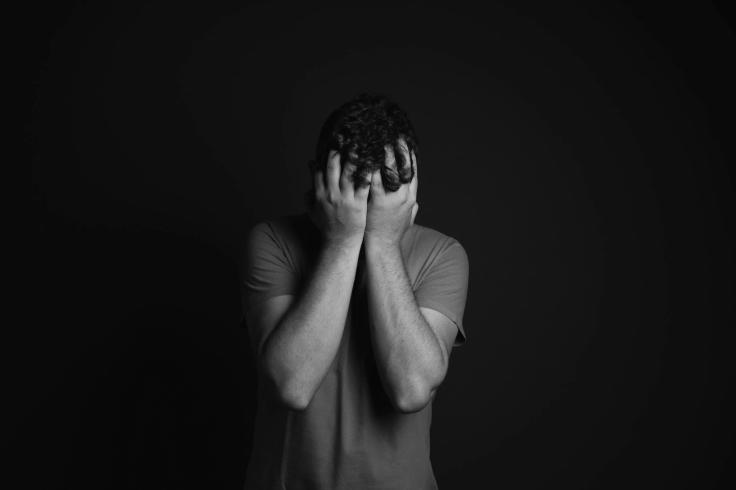In recent years, there has been a concerning rise in the rates of Post-Traumatic Stress Disorder (PTSD) among college students.
According to research from the Healthy Minds Study, the prevalence of PTSD among college students more than doubled from 3.4 percent in 2017 to 7.5 percent in 2022. This increase was particularly pronounced during the COVID-19 lockdowns in 2020, highlighting the impact of the pandemic on the mental health of young adults.

Understanding PTSD in College Students
PTSD is a psychological disorder that may arise following exposure to a traumatic incident. According to the diagnostic criteria, traumatic events include "death, threatened death, actual or threatened serious injury, or actual or threatened sexual violence." However, there has been debate among researchers about whether the disruptions experienced by college students during the pandemic should be classified as traumatic events.
Shannon E. Cusack, a psychologist who has studied PTSD in college students, highlighted this debate, noting that while the stressors may not fit the traditional definition of trauma, they can still cause symptoms consistent with a PTSD diagnosis. Cusack emphasized the importance of not dismissing these symptoms simply because the stressor does not fit the conventional criteria, highlighting the need for effective interventions and support for affected students.
READ MORE : Loneliness Linked To Severe Mental Health Issues Among College Students, New Report Finds
The Impact of Traumatic Events on College Students
The Center for Collegiate Mental Health at Pennsylvania State University has found that nearly 50 percent of students who attend on-campus counseling have experienced a traumatic event. This statistic underscores the prevalence of trauma among college students and the need for mental health resources to address these issues.
It is important to note that while many people experience traumatic events in their lives, most do not develop PTSD. According to the National Center for PTSD, the majority of traumatic events do not lead to the development of PTSD, indicating that individual factors and the availability of support and coping mechanisms play a significant role in determining the outcome.
Addressing PTSD Among College Students
The rising rates of PTSD among college students highlight the need for universities to prioritize mental health support and resources. Colleges and universities can take several steps to address this issue, including:
- Increasing Access to Mental Health Services: Universities should ensure that students have access to mental health services, including counseling and therapy, to address PTSD and other mental health concerns.
- Raising Awareness and Providing Education: Colleges can raise awareness about PTSD and mental health issues among students, faculty, and staff. Providing education about the signs and symptoms of PTSD can help reduce stigma and encourage individuals to seek help.
- Creating a Supportive Campus Environment: Universities can create a supportive campus environment that promotes mental health and well-being. This can include offering mental health resources, creating support groups, and implementing policies that prioritize mental health.
- Training Staff and Faculty: Training staff and faculty to recognize the signs of PTSD and other mental health issues can help ensure that students receive the support they need.
By addressing PTSD among college students, universities can help ensure that students receive the support they need to thrive academically and personally.
© 2026 University Herald, All rights reserved. Do not reproduce without permission.








